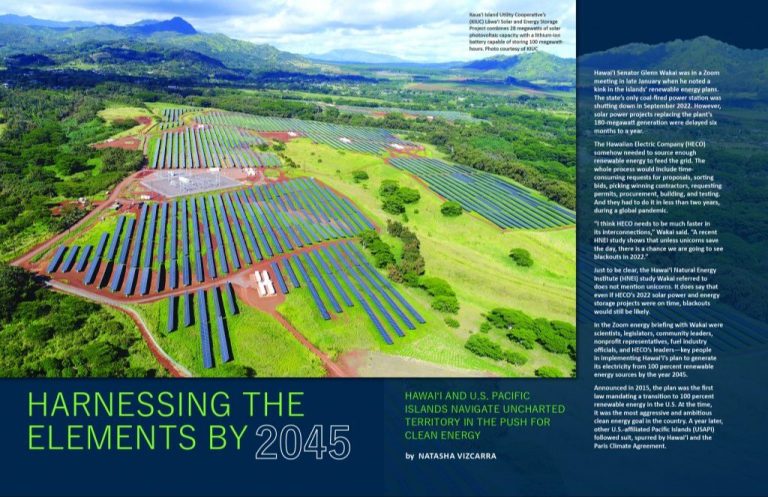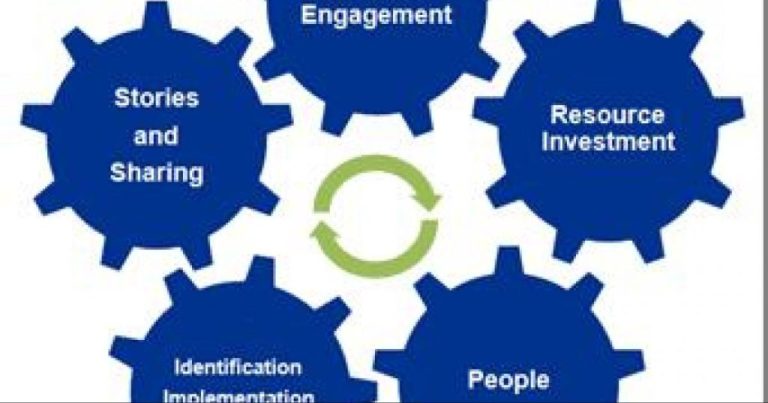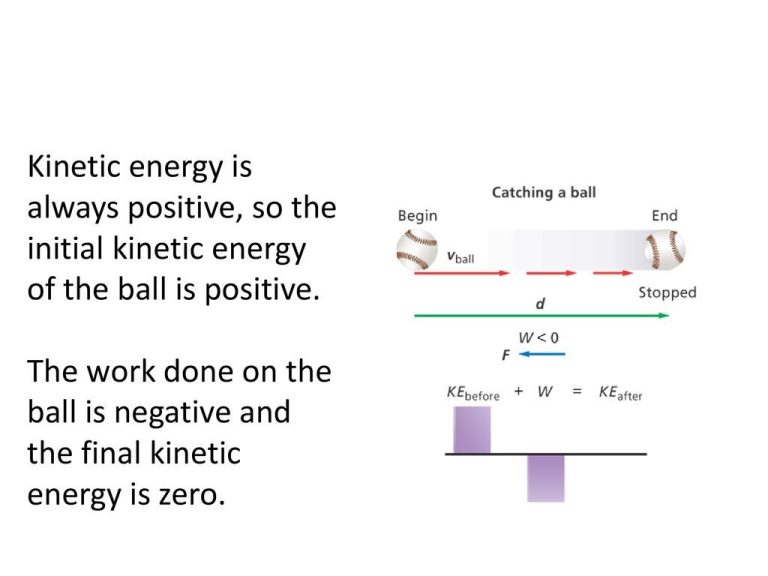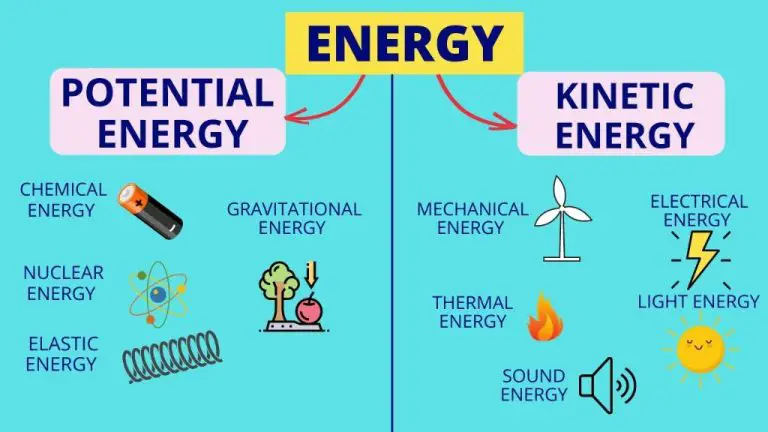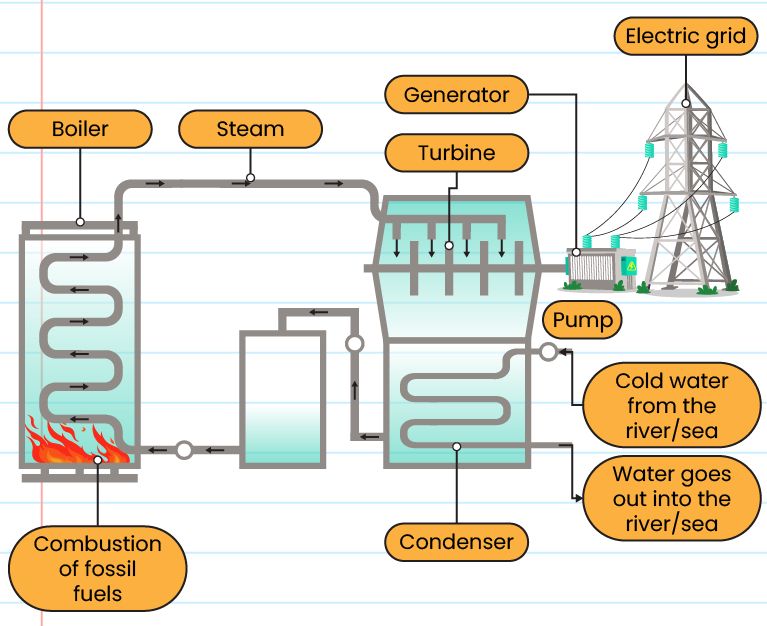What Is The Best Definition Of Efficiency In Science?
Efficiency is defined as the ratio of useful output to total input in any system. It refers to how well a process converts input resources into desired outputs with minimal waste. Efficiency is a key concept across scientific fields because it allows us to quantify and optimize the performance of devices, processes, and systems.
In science, maximizing efficiency means getting the most benefit, productivity, or capabilities from the available resources. Improving efficiency drives progress by doing more with less. Advances in efficiency enable new technologies, reduce costs, conserve energy and materials, and simplify processes. Efficiency is crucial for evaluating and improving systems from chemical reactions to power plants to computing algorithms.
In this article, we will examine the role and meaning of efficiency across several scientific domains including: time efficiency, cost efficiency, energy efficiency, material efficiency, accuracy efficiency, data efficiency, knowledge efficiency, and priority efficiency. Understanding efficiency in its many forms is fundamental to advancing science and technology.
Time Efficiency
Time efficiency in science refers to performing experiments and tasks in the shortest time possible while still maintaining accuracy and rigor. According to How to Plan Experiments and Manage Your Time in the Lab, careful planning and preparation can help scientists complete experiments faster. This includes steps like optimizing workflows, gathering materials ahead of time, and anticipating potential issues. Proper time management skills are essential, as scientists often juggle multiple projects simultaneously (Time management for scientists).
Optimizing workflows and processes is a key way to improve time efficiency in the lab. This can involve steps like staggering start times, streamlining protocols, and implementing automation where possible. The goal is to eliminate delays and bottlenecks so experiments can be set up and run as quickly as possible without sacrificing quality. As noted in 10 Tips to Create More Efficiency in the Lab, more efficient procedures allow scientists to get more done in less time. This enables them to run more experiments and accelerate the pace of research.
Cost Efficiency
Cost efficiency in science refers to minimizing the monetary costs associated with research experiments and equipment. Choosing the most cost-effective methods and materials for conducting research allows scientists to maximize results while conserving limited financial resources.
As noted in a 2021 review, “cost-effectiveness analysis can help identify the trade-offs decision makers face when confronted with alternative courses of action” (Krebs, 2021). When planning a research study, scientists may compare the projected costs and expected outcomes of different methodological approaches. Opting for cheaper materials or techniques that still yield high-quality data demonstrates cost efficiency.
Healthcare research provides many examples of weighing costs versus benefits. For instance, a clinical trial could test an expensive new drug against an older, generic alternative. By analyzing the costs per successful patient outcome, researchers can determine which treatment is most cost-effective overall (dos Santos Silva, 2021). Prioritizing cost efficiency allows faster progress at lower expense.
Energy Efficiency
Reducing energy consumption in scientific processes and choosing low-energy equipment and techniques is one of the key aspects of efficiency in science. According to the U.S. Department of Energy, laboratories are some of the most energy intensive facilities, consuming up to 10 times more energy per square foot than other buildings (“Energy Efficiency in Laboratories”, https://www.energy.gov/femp/energy-efficiency-laboratories). As a result, implementing energy efficiency measures in labs can lead to major energy and cost savings.
Strategies for improving energy efficiency in labs include using ENERGY STAR certified equipment, installing low-flow fume hoods, implementing sleep modes on equipment, ensuring proper insulation, and upgrading to LED lighting (U.S. Department of Energy, “Laboratories for the 21st Century,” https://www.nrel.gov/docs/fy08osti/29413.pdf). Labs can also optimize air change rates based on occupancy and install variable air volume fume hoods. Overall, taking a holistic approach to lab design and operation with energy efficiency in mind enables major reductions in energy use and greenhouse gas emissions.
Material Efficiency
Material efficiency refers to decreasing the amount of materials used when conducting scientific experiments and manufacturing products (https://en.wikipedia.org/wiki/Material_efficiency). It is an important concept in science for optimizing the use of limited resources. There are two main ways scientists can improve material efficiency:
First, scientists should aim to minimize the amount of materials utilized in experiments. Careful planning and precision can reduce excess waste. Using smaller sample sizes, reusing materials when possible, and avoiding unnecessary tests helps decrease materials consumed (https://web.mit.edu/ebm/www/Publications/MEWP_Res_Cons_Recycl_2011.pdf).
Second, recycling and reusing materials, when feasible, is another way to boost efficiency. Substituting renewable for non-renewable resources also promotes sustainability. Proper waste management and disposal procedures ensure materials can be repurposed in the future.
Increasing material efficiency not only decreases waste, but also lowers experimental costs. It enables limited resources to be stretched further, allowing more research to be conducted. Overall, minimizing and repurposing materials makes the scientific process greener and more efficient.
Accuracy Efficiency
Accuracy efficiency refers to achieving the desired accuracy or precision in a process while expending the least amount of effort and resources. It focuses on attaining an acceptable level of accuracy for the task at hand without over-engineering and wasting resources on unnecessary precision (source).
For example, in scientific experiments and measurements, it is important to consider the required accuracy based on the goals of the work. Striving for perfect accuracy in cases where it is not needed can waste time and materials. Researchers should determine the minimum acceptable accuracy level and design their methodology accordingly (source).
Accuracy efficiency encourages focusing resources where accuracy matters most, rather than uniformly across all aspects. This allows for optimizing the use of limited resources to achieve the desired results.
Data Efficiency
Data efficiency involves streamlining data collection and analysis to avoid wasting time and resources. Scientists aim to gather only the data that is essential to answer their research questions. As one article explains, “Traditionally, data science has focused on existing data, but improving business efficiency requires more than analyzing the most readily available data. Companies need to be more proactive about identifying and capturing the right data to answer key business questions.”1 By carefully planning data collection and avoiding extraneous variables, scientists can conduct more focused experiments and analyses. Data management tools like version control and labeling conventions also boost efficiency by making data sets easier to access, understand, and share.

In addition to streamlining data gathering, scientists must be judicious in analyzing only the data that is directly relevant to the research goals. As data sets grow larger, it becomes tempting to mine them exhaustively for patterns and insights. However, this can divert attention and resources away from the core issues under investigation. Efficient scientists resist the urge to wander down tangents, focusing analysis on key variables and relationships to derive meaningful conclusions as directly as possible.
Knowledge Efficiency
Knowledge efficiency refers to building scientific progress upon previous discoveries and collaborating across disciplines and institutions to maximize cumulative knowledge gain while avoiding duplicated efforts. As expressed by Nelson (1982) in The Role of Knowledge in R&D Efficiency, “A noteworthy characteristic of this kind of knowledge is that it is won not in basic research in universities where the scientists have strong interests in advancing knowledge, but rather in attempting to solve practical problems.”
Scientific advancement relies on researchers being aware of prior related work and findings in their field so they can directly build upon it. Duplicating existing knowledge is an inefficient use of resources. Effective knowledge sharing, open science, and collaboration enables each scientist to contribute novel discoveries to the existing corpus of knowledge (Ferro, 2021).
According to Abh1navv (2021), “As individuals who take initiatives to improve our abilities and become a better version of ourselves, our learning can become much more efficient if we … systematically build upon previous knowledge.” This principle applies not just to individual learning but to the accumulation of scientific knowledge as a whole.
Priority Efficiency
Priority efficiency refers to focusing scientific efforts on the most critical goals, objectives, and promising lines of inquiry. Rather than spreading resources thinly across many potential avenues, priority efficiency involves carefully evaluating which projects have the highest potential payoffs in terms of scientific advancement and real-world impact.
This requires scientists to make tough decisions and say “no” to less promising research directions. Resources like funding, equipment, and time are limited, so priority efficiency means allocating those resources strategically to projects that are most likely to yield meaningful discoveries and innovations.
Examples of priority efficiency include focusing cancer research on tumor types with the highest mortality rates, or devoting more climate science resources to understanding extreme weather events. The priority rule incentivizes individual scientists to intensely pursue promising leads. Meanwhile, institutions like funding agencies and universities must take a broader view and direct overall resources to where they can make the biggest difference.
Striking the right balance is key. Too narrow a focus risks neglecting basic research and serendipitous findings in other areas. But diffuse efforts without clear priorities lead to incremental progress at best. As science tackles increasingly complex problems, being selective and directing resources based on potential impact is crucial for driving breakthrough innovations.
Conclusion
In summary, efficiency in science refers to the ratio between the useful output generated versus the input required by a system or process. It measures how well a system converts input resources into desired outputs. Efficiency can relate to various scientific parameters like time, cost, energy, materials, data accuracy and more.
High efficiency is often desirable, as it indicates a system is operating optimally with minimal waste. However, efficiency should not be pursued blindly at the expense of other aims. An efficient system is not necessarily the most ethical, sustainable or practical option when considering the bigger picture. Scientists and engineers must balance efficiency with other priorities like safety, environmental impact, and social good.
In conclusion, efficiency is an important scientific concept for evaluating system performance. Yet maximizing efficiency alone rarely leads to an ideal solution. The most successful designs skillfully optimize efficiency while meeting broader goals that reflect human values.

